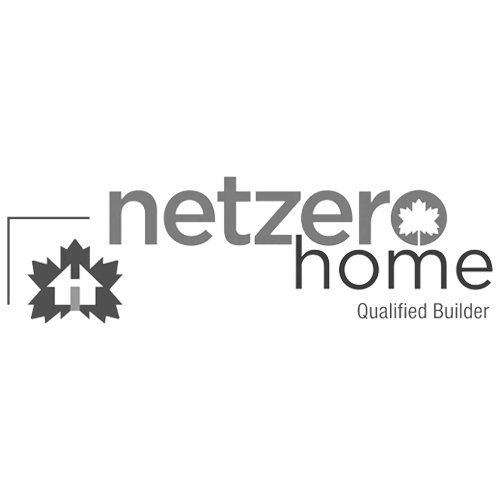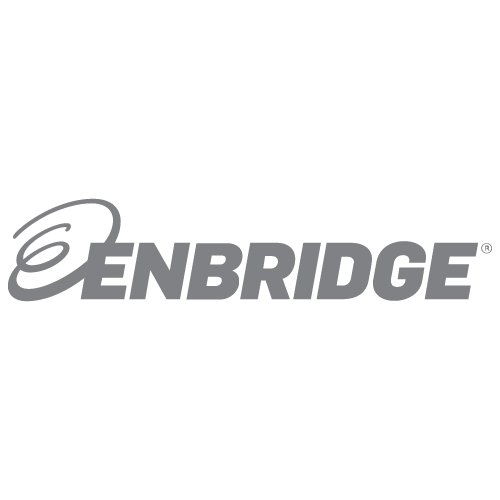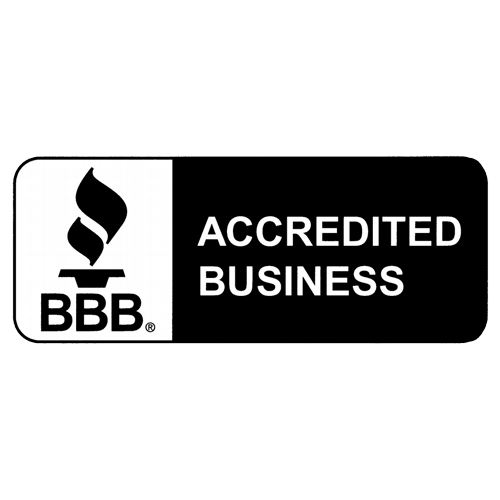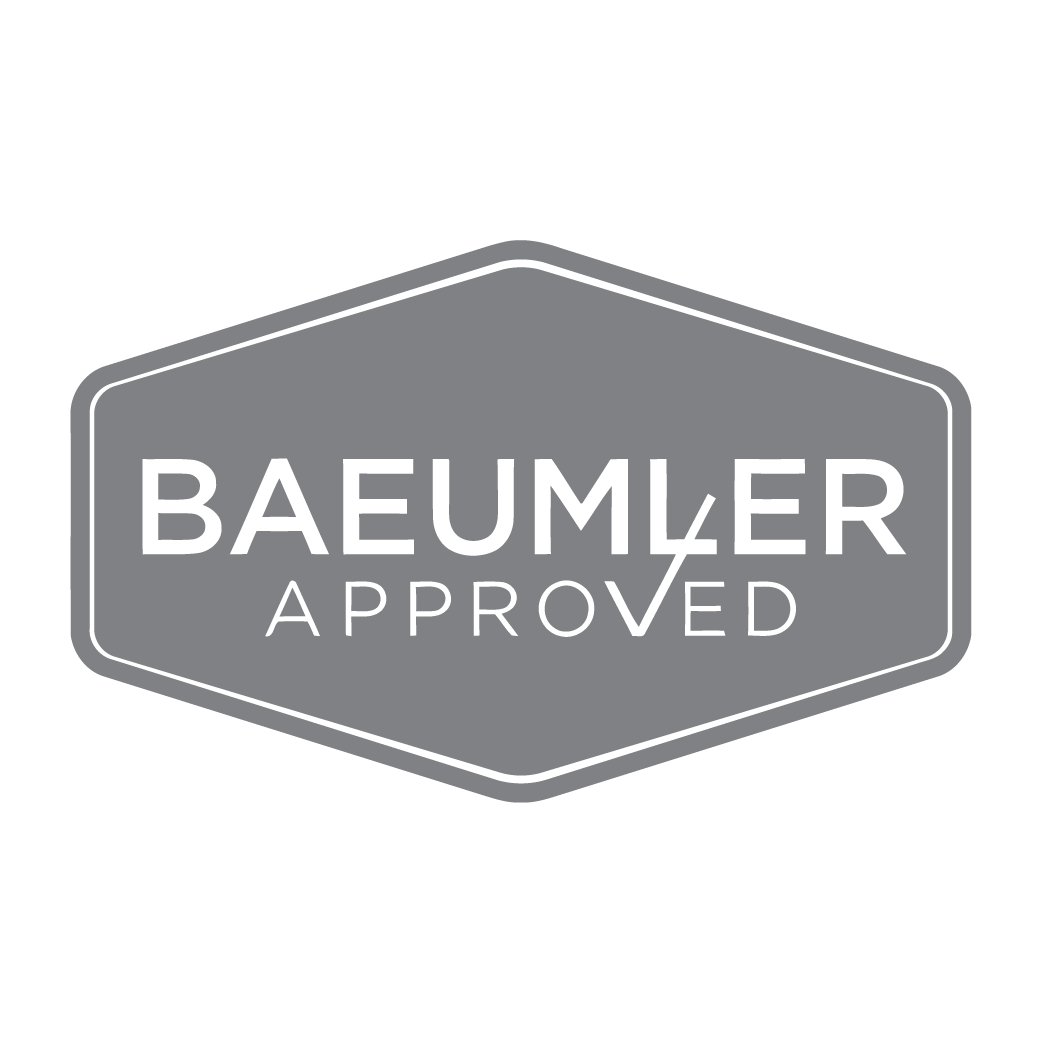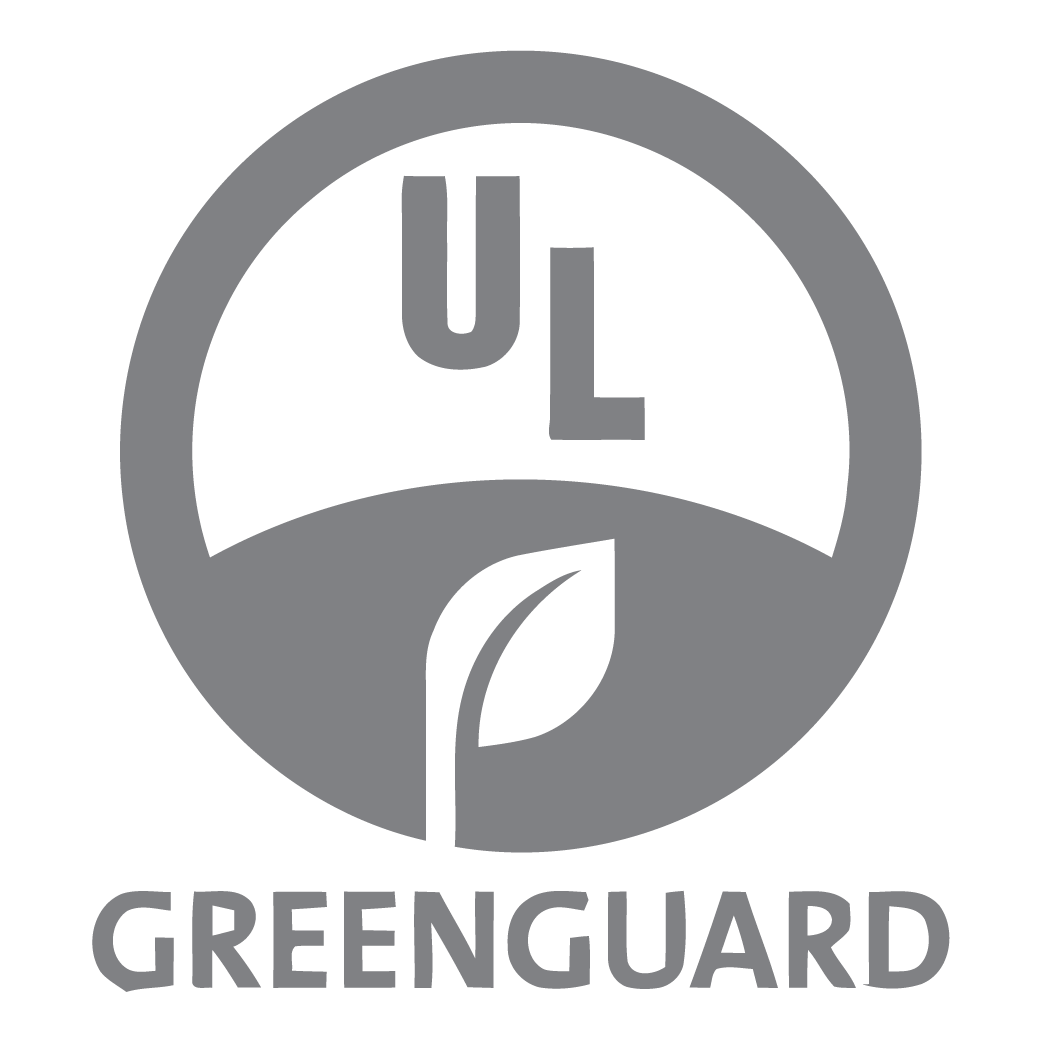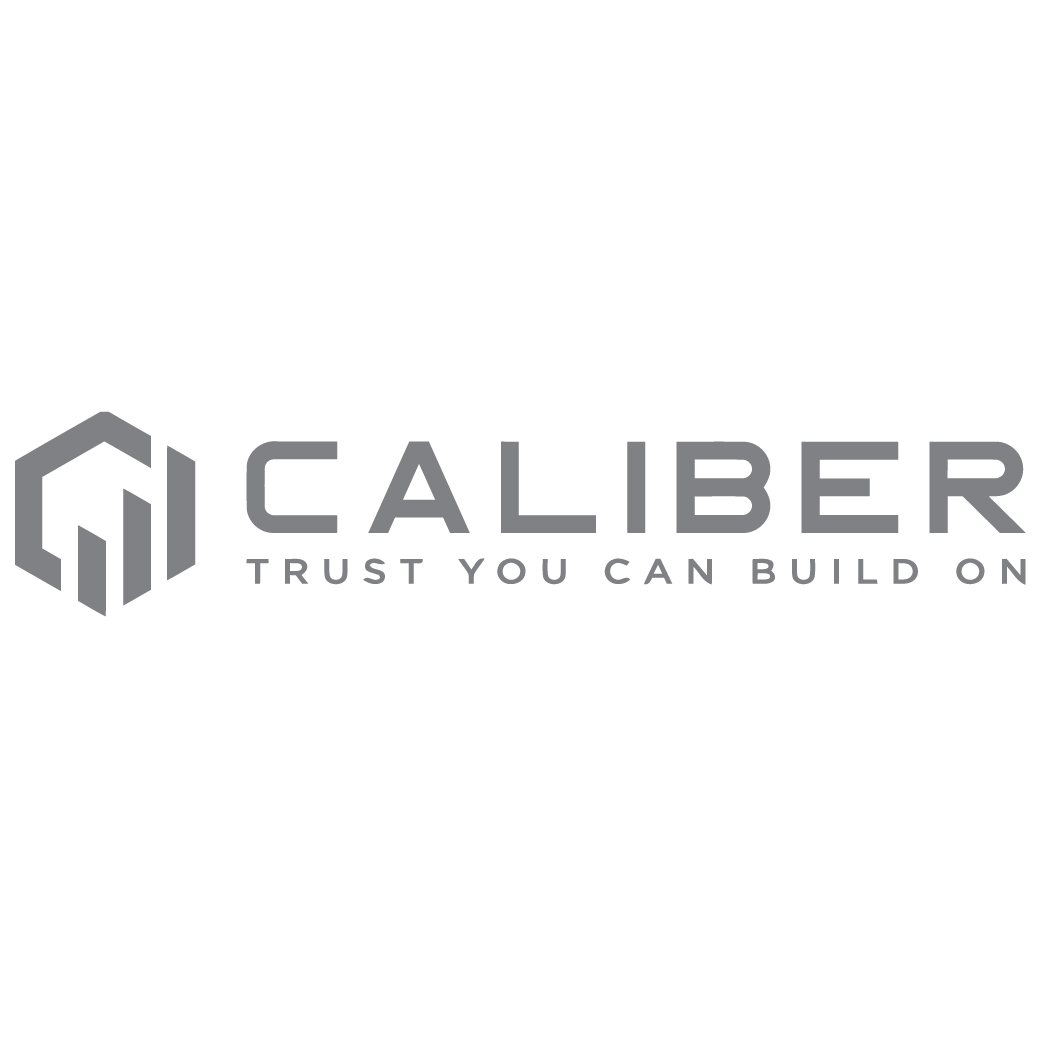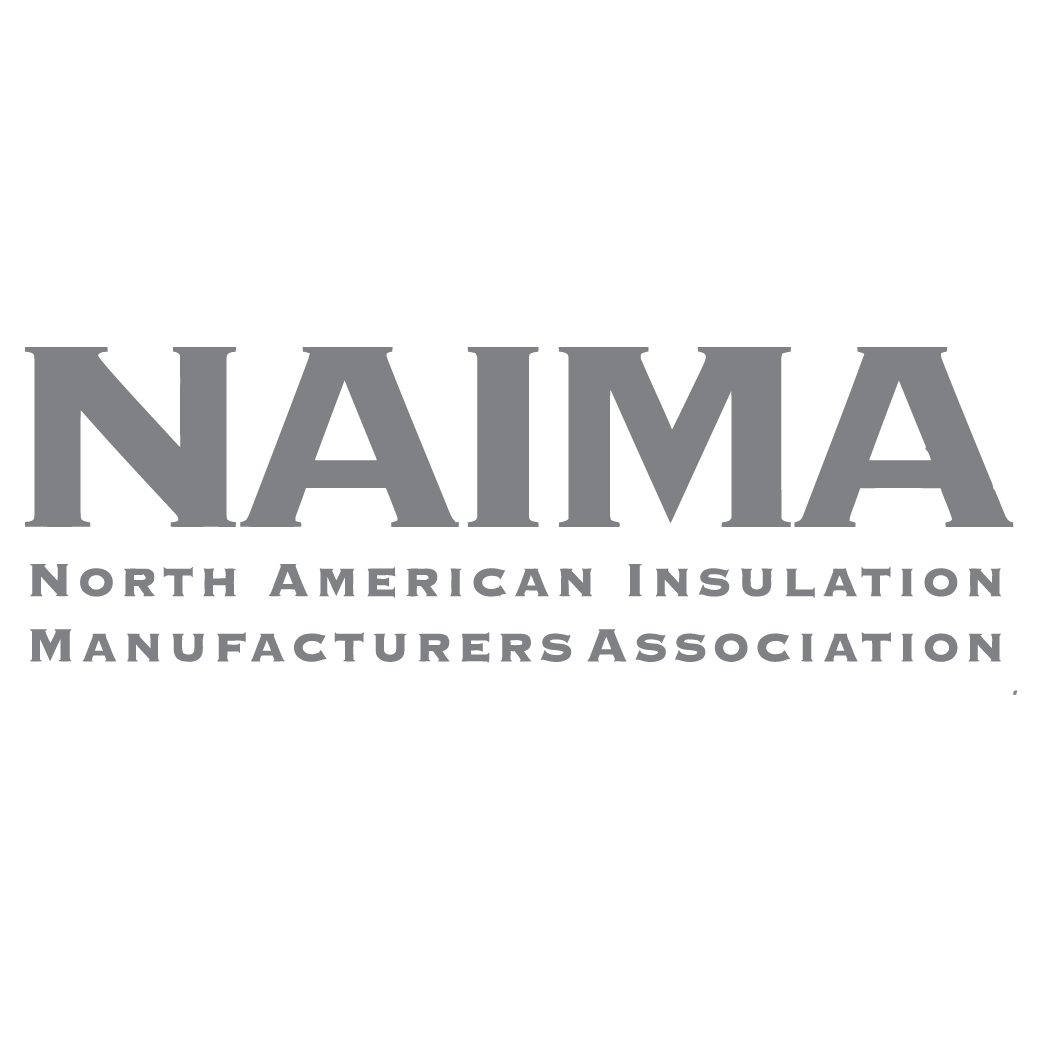Attic Insulation Services
In an average home, over 50% of the consumed energy is used for heating or cooling. If you are looking to make your home greener and save yourself some money, minimizing this energy loss is key. While insulating the entire house can be a big job (both in terms of time and cost), insulating the attic is relatively easy. In fact, attic insulation is one of the most effective ways to reduce your energy bills, leading to savings of up to 30%.
Are you ready to tackle your attic insulation project? Give us a call today to learn more about attic insulation services offered by Exotherm Spray Foam Systems Inc.
Attic Insulation Types: Blown-In Insulation & Blown-In SPF Hybrid Insulation
At Exotherm Systems, we offer two main types of attic insulation: loose-fill blown-in insulation and blown-in SPF hybrid insulation, which combines SPF and loose-fill insulation types. The ideal insulation for your project will depend on your goals and budget, as well as the specifics of your attic space.
If you aren’t sure which attic insulation type would be best for your attic, don’t worry, – we would be happy to visit your home and discuss the project in more detail, completely free of charge! Give us a call today to discuss your options.
Loose-Fill Blown-In Attic Insulation
Blown-in loosefill insulation is commonly used in homes for its efficiency and low cost, it is more easily installed in hard-to-reach places than any other insulating material, being blown into place using a high-powered, specialized machine and a hose. Both fiberglass and cellulose, the two most common types of loose-fill insulation on the market, are made from recycled products.
other services
Get a free quote!
REQUEST A QUOTE
"*" indicates required fields
Benefits Of Loose-Fill Insulation
Effective Insulation
Loosefill insulation is an effective insulator that can help reduce heat loss and improve energy efficiency in your home or building. It fills gaps and crevices, providing a more complete coverage than other insulation materials.
Easy Installation
Blown-in loose-fill insulation is commonly used in homes for its efficiency and low cost, it is also more easily installed in more hard-to-reach places than any other insulating material.
Recycled Content
Both cellulose and fiberglass loosefill insulation are made from recycled materials, making them an eco-friendly choice that can help reduce waste and save energy.
Sound Insulation
Loosefill insulation can also help reduce noise transmission between rooms or floors by absorbing sound waves, providing an additional benefit to its insulation properties.
Fire Resistance
Both cellulose and fiberglass loosefill insulation are treated with flame retardants, making them more resistant to fire and a safer choice for your home or building.
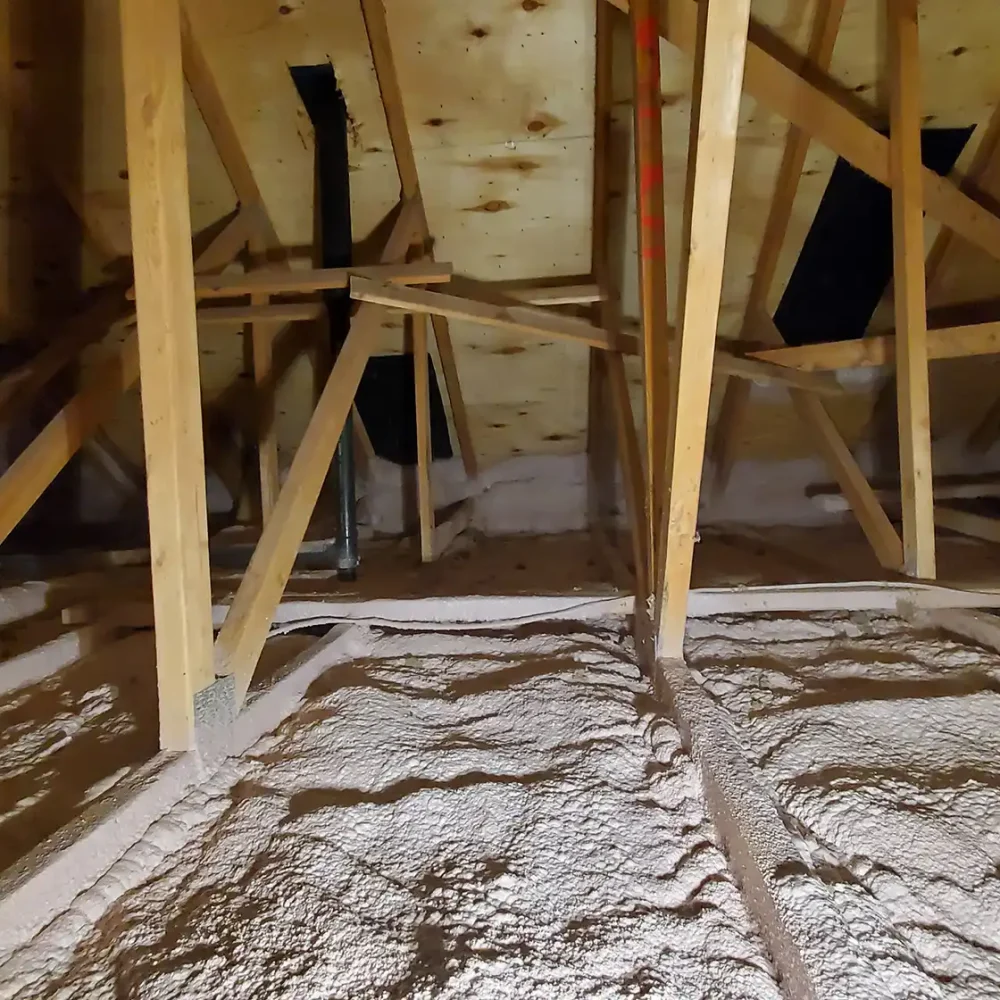
What Is Blown-In Loose-Fill Insulation?
Blown-in loose-fill insulation consists of small particles of foam, fiber, or other materials. These small particles are “blown in” with a special tool, which allows them to conform to any space without disturbing the surrounding structures or finishes. This ability to conform makes blown-in loose-fill insulation an ideal choice for attics and other locations where it would be difficult to install other types of insulation like batt insulation or blanket insulation .
Cellulose Loose-Fill Insulation
Cellulose is the oldest type of insulation and has an R-value between R3.2 and R3.8, making it slightly more effective than fiberglass. It’s an eco-friendly option because it’s composed of 80% post-consumer newspaper scraps. Flame retardants and pest deterrents are also used to treat cellulose, making it more fire-resistant and less susceptible to rodents than fiberglass.
Fiberglass Loose-Fill Insulation
Fiberglass batt insulation can be irritating and itchy to handle, and inhaling the fibers may lead to respiratory problems. Luckily, wearing a mask and special protective clothing when handling and installing fiberglass batts can help to alleviate the problem, – or leaving the task to insulation professionals like Exotherm Spray Foam Systems Inc..
In addition, fiberglass batts aren’t ideal for areas with high humidity and potential water leaks, as they are not resistant to moisture, mold, and mildew.
SPF Blow-In Hybrid Insulation
What Is SPF Blown-In Loose-Fill Insulation Hybrid?
As the name suggests, SPF blown-in loose-fill insulation hybrid presents a combination of two common insulation types: spray foam insulation and blown-in loose-fill insulation.
- Spray foam insulation. SPF, or spray polyurethane foam, insulation is a special type of plastic that is spray-applied to seal gaps and cracks, as well as insulate buildings.
- Blown-in loose-fill insulation. Loose-fill insulation presents tiny particles of materials like fiberglass or cellulose. These particles are “blown in” into an area being insulated, effectively filling any empty spaces.
With hybrid attic insulation, spray foam insulation is applied first, followed by a layer of loose-fill cellulose or fiberglass insulation.
Hybrid Attic Insulation Process
Installing a hybrid insulation system on larger properties can be a daunting task that requires significant time and effort. The process involves removing the existing insulation and then applying a layer of 2lb medium-density closed-cell polyurethane foam that is two inches thick to the floor of the attic and the perimeter. This layer acts as an air and vapor barrier while also providing a thermal break by sealing the attic floor. To achieve the required R-value for the insulation, a layer of loose-fill fiberglass or cellulose insulation is added on top of the foam.
Benefits Of SPF Blown-In Loose-Fill Insulation Hybrid
Increasing numbers of homeowners are opting for the hybrid application because they are familiar with the advantages of spray foam but are looking for a more cost-effective alternative. Exotherm’s hybrid application is a great option for attic insulation because although it is more costly than simple blown-in loose fill, it’s more affordable than a full SPF application and is extremely effective. This allows homeowners to rest assured in knowing that their home will be comfortable and energy efficient for years to come.
Cost-Effective
The hybrid insulation application is more affordable than an all-spray foam application, making it a budget-friendly option for homeowners.
Energy-Efficient
The combination of spray foam and loosefill insulation provides excellent energy efficiency, minimizing heat loss and reducing energy bills.
Air and Vapor Barrier
The spray foam layer creates an air and vapor barrier, sealing any gaps or cracks in the attic floor, reducing air infiltration, and minimizing moisture infiltration.
Environmentally-Friendly
The loosefill insulation is made of recycled materials, making it an environmentally friendly option for insulation.
Comfortable Living Space
The hybrid insulation solution helps to maintain a comfortable living space, providing even temperatures throughout the home and reducing drafts and cold spots.
Blown-In Attic Insulation Cost
Blown-in loose-fill attic insulation is more affordable than spray-foam insulation or spray-foam loose-fill hybrid insulation. Depending on the type of blown-in insulation, you can expect to pay between $1.00 and $2.80 per square foot on average.
Hybrid Attic Insulation Cost
While being more expensive than blown-in insulation, hybrid attic insulation is still a more affordable option than exclusively spray foam insulation. The exact cost of hybrid insulation can vary considerably, depending on the thickness of the SPF layer and the amount of loose-fill insulation added on top. It is best to contact us directly for an accurate quote.
Attic Insulation R-Value
When it comes to attic insulation, the total R-60 value is recommended to keep the temperature and airflow even. This value can be achieved by blowing in sufficient loose-fill insulation or layering loose-fill insulation on top of a 2-inch thick medium-density SPF insulation.
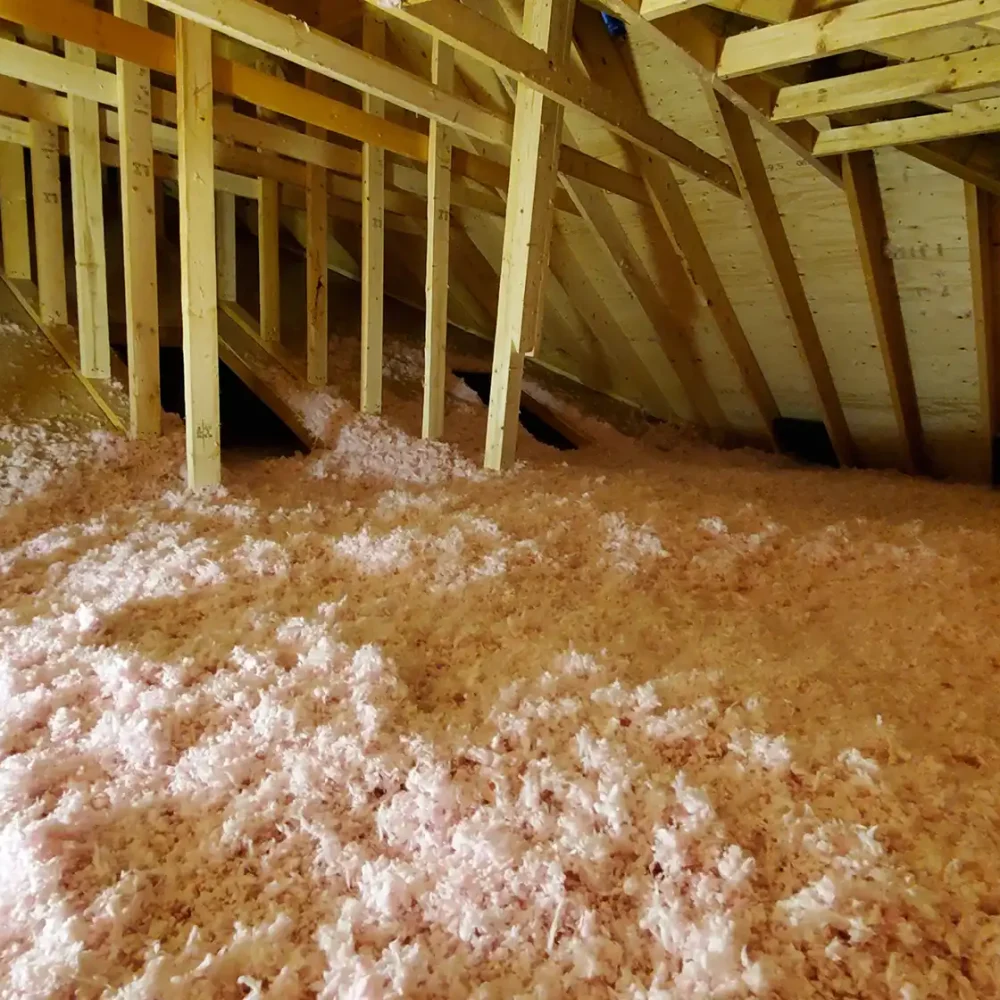
Contact Exotherm Systems for Attic Insulation Installation
At Exotherm Spray Foam Systems, we are real experts at attic insulation installation for homes in the GTA. Here is what you can expect when you hire us for an attic insulation project:
We will begin the project by visiting your home for an initial inspection. At that time, we will enter your attic and review the condition of your attic insulation. We will be looking for signs of water damage, mould, critters, or asbestos. If we notice any such signs, we will recommend removing the existing insulation and replacing it either with blown-in loose-fill insulation or SPF blown-in loose-fill insulation hybrid.
In some cases, if the existing insulation is in good condition, we may be able to blow the new fiberglass or cellulose insulation right over the top of it until we have reached a minimum thickness for the required R-value. During the entire process, we will use baffles to ensure that the attic remains ventilated and will seal off any vents or pipes. Finally, we will clean up after ourselves to ensure that your home remains neat and tidy.
Most of attic insulation projects can be completed within one day. Are you ready to get started?
Attic Insulation Cost
The total cost of insulating an attic in a home can range from $1.0 to $3.50 per square foot, depending on your preferred attic insulation type. This translates to the total project cost ranging from around $1,500 to $2,100.
Attic Insulation FAQ
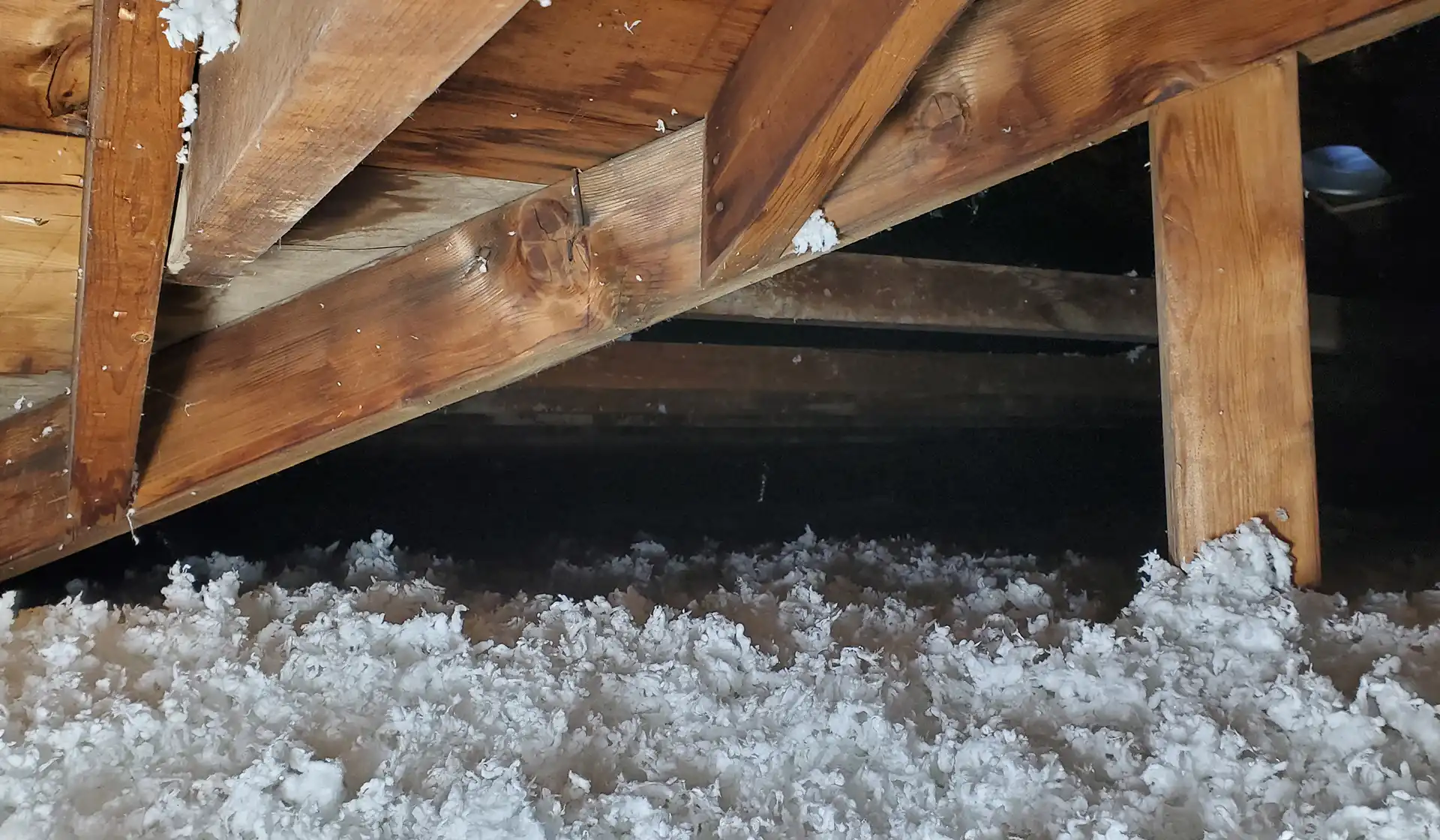
For attics and other hard-to-reach areas, we recommend installing either blown-in loose-fill insulation or spray foam insulation, – or a combination of both.
Adding insulation to the attic is definitely worth it. In fact, it is a very wise choice to increase the energy efficiency of your home, as quality attic insulation can lead to energy bill savings of up to 30%.
For cold Canadian winters, a minimum of R-60 insulation is recommended. Such insulation can be achieved with a loose-fill insulation thickness of 19 to 22 inches. For even better insulation, between 22 and 25 inches is required.
Depending on the type of insulation material, installing your own attic insulation in Toronto is possible. However, to achieve optimal insulation and maximum energy efficiency, hiring a professional like Exotherm Spray Foam Systems is recommended.
A FEW OF OUR PROJECTS
Partnerships & Associations
